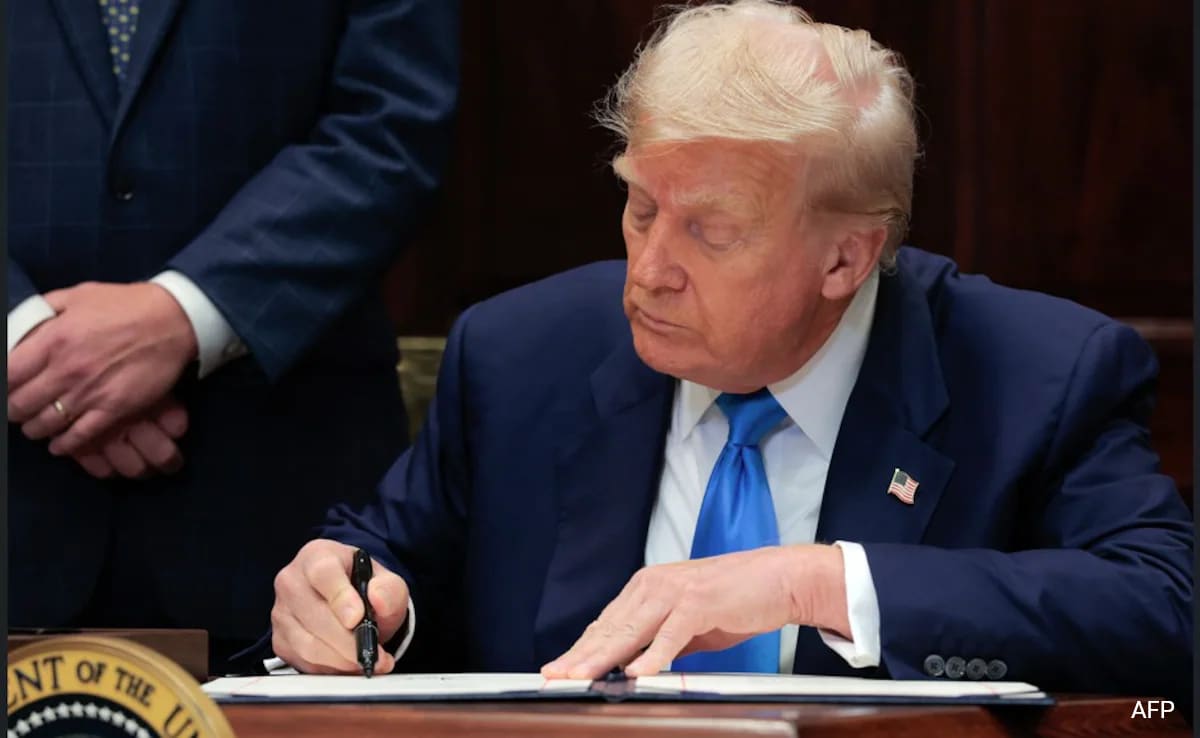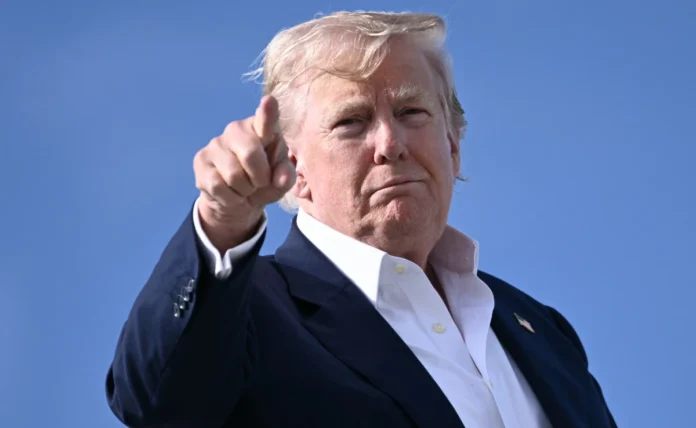New Trade Barriers Hit Exports
President Trump announced a 25 percent tariff on Indian exports to the United States, effective August 1, 2025, and he added a penalty tied to India’s energy and arms purchases from Russia.
This move will apply to about $87 billion of annual shipments in fields such as electronics, textiles, pharmaceuticals and jewelry. The goal of the tariff appears to pressure India into cutting its trade ties with Russia and to rebalance the flow of goods across key sectors.
Market Reaction and Investor Flight

Indian stock markets opened sharply lower, with the Sensex falling over 500 points as traders tried to gauge the fallout of the tariff news. Foreign investors have already been pulling money out of Indian equities, and analysts from CLSA warn that this new friction could deepen the downturn.
They argue that investors may hold back on new commitments until they see a clear deal in trade talks. The added doubt may leave India out of favor with global portfolio managers who have treated the country as a refuge from wider market turmoil.
Sectoral Effects and Exemptions
The tariff will strike hardest at refined petroleum goods and growing electronics exports that have driven much of India’s trade gains in recent years. Oil refiners who rely on lower-cost Russian crude could lose their price edge and face squeezed profit margins.
But the United States has left key items out of the tariff list, including pharmaceuticals and a range of electronic devices. These exemptions cover over $25 billion in annual shipments, such as $10.5 billion in medicines and $14.6 billion in smartphones.
Energy and Defense Tensions
Trump’s penalty clause targets India’s defense purchases and energy imports from Russia. In 2025’s first half, Russia supplied roughly 35 percent of India’s oil needs. The White House sees this link as a weak point it can exploit to shift New Delhi toward Western suppliers. Analysts note that India has long managed to secure favorable deals from both Washington and Moscow. Now it must choose between cheap oil and strategic ties with the United States.
Diplomatic Stakes and Negotiation Outlook
India faces a test of its balancing act between the two powers. The government will need to weigh higher costs on vital imports against its duty to keep investor confidence high. Traders and policymakers will watch for diplomatic signals in the coming days, since President Trump said he expects “clarity by the end of the week” on any final terms. That timeline will likely shape market moves and could decide if the tariff stands or if a compromise emerges.
Personal Analysis
I find this situation troubling for India’s growth path and for its ability to attract capital in tough times. The country built its reputation as a stable spot for overseas money by steering clear of major trade spats. Now it faces a choice that could raise costs for domestic firms and cool foreign demand. If New Delhi resists Washington’s push on Russian oil, it risks a longer standoff and deeper market drops. But if it shifts energy suppliers too fast, it could strain its budget and raise fuel prices at home. Policymakers must move carefully and seek a middle ground that keeps investors on side without sacrificing national interests.
Sources: npr.org

